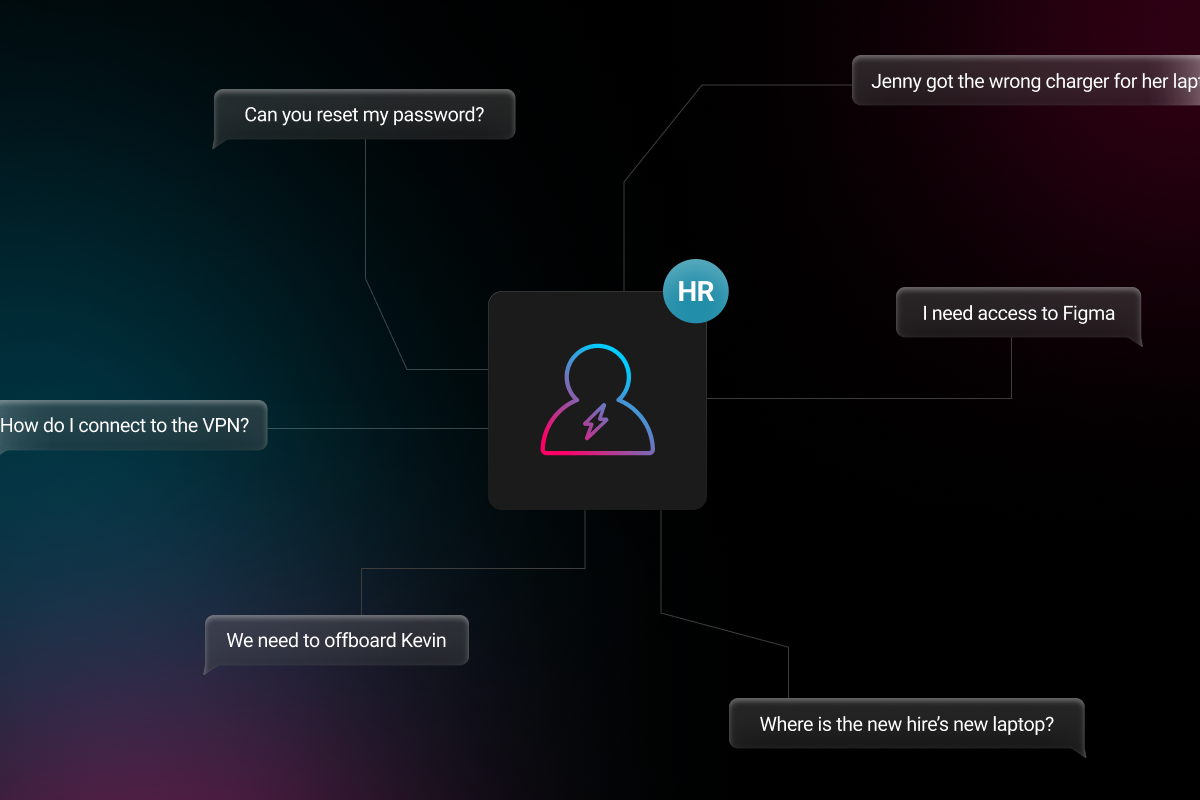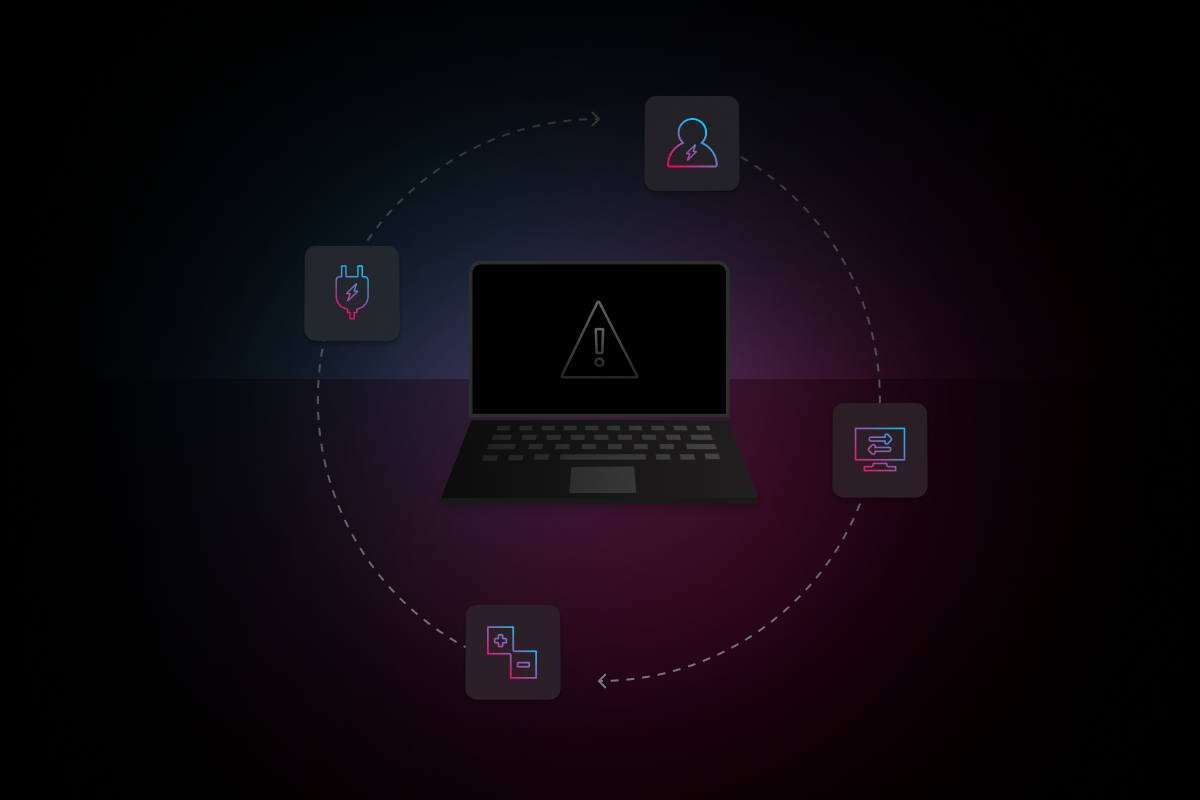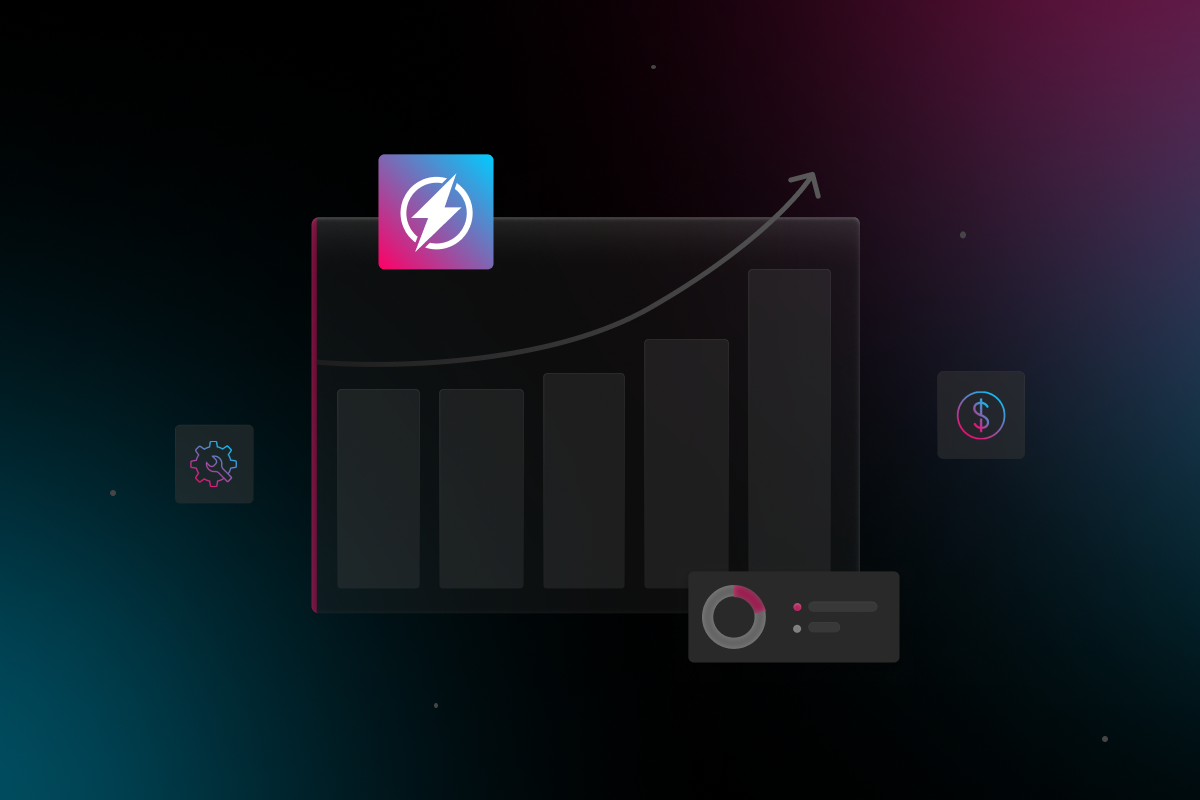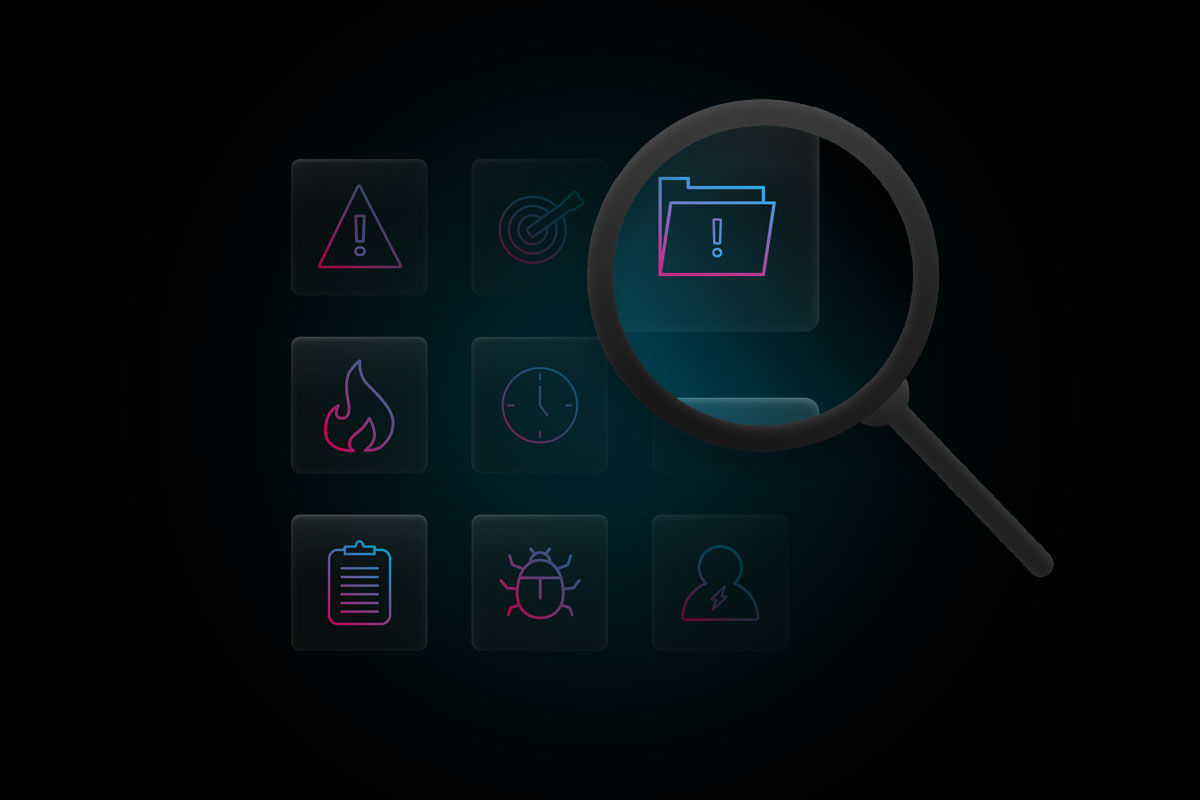
In today’s remote, hybrid, and distributed work environments, People teams have to contend with a new set of offboarding demands. Retrieving devices and revoking access permissions, in particular, can create logistical, security, and compliance challenges. Even when the employee exits on good terms, returning company equipment can be frustrating and inconvenient. For HR, the process is often stressful and time-sensitive — especially when managing an unexpected or involuntary departure.
As HR continues to assume a growing number of IT responsibilities, offboarding must safeguard company data and devices while delivering a smooth, positive experience for everyone involved.
The Unseen Offboarding Workload for HR Teams
The offboarding process extends far beyond paperwork and payroll. Instead of focusing on people-centered work, HR teams can find themselves handling a significant volume of technical admin and sensitive responsibilities, including:
- Revoking app and file access
- Reassigning admin controls
- Retrieving employee hardware
- Handling device storage and/or reprovisioning
- Maintaining security and compliance
Without the right systems and processes in place, these IT-driven responsibilities don’t just drain HR resources, they also introduce security vulnerabilities:
- 31% of organizations report ex-employees still have access to at least one SaaS application after they leave.
- Among ex-employees who retained access to workplace accounts, 60% said they were able to log in because passwords had not been changed.
- 20% of businesses have experienced data breaches connected to former employees.
How HR Teams Can Streamline Offboarding and Device Retrieval
While the risks are complex, HR teams don’t need IT expertise to securely and efficiently offboard employees. Focus on these six steps to save time, reduce costs, and maintain compliance.
1. Device management
Long before offboarding begins, HR should have full visibility of which team members have which hardware. Then, when an employee leaves, device retrieval can be initiated without a scramble for key information. Mobile Device Management (MDM) provides this transparency and allows HR to remotely lock and wipe devices as needed.
2. App management
Similarly, centralized app management lays the groundwork for streamlined account deprovisioning. Track who has access to which accounts, instantly update permissions when an employee changes role or leaves the organization, and prevent unauthorized access and compliance issues.
3. Device retrieval
Establish a consistent, user-friendly device retrieval process that works wherever employees are based. For example, a QR system can auto-generate shipping labels, making it easy for employees to pack and drop the device to a courier, and seamless for HR to track.
4. Device warehousing
Pair your QR retrieval process with a transparent warehousing system to avoid under-utilization of hardware and duplicate purchases. When you’re ready to onboard a new hire, you’ll have full visibility of existing inventory and easy access to user-ready devices.
5. HR and IT integration
Avoid offboarding errors with seamless HR and IT system integration. Not only does this keep employee data in sync and up to date across platforms, it also allows for the automation of manual workflows — from app deprovisioning to device updates.
6. Security and compliance
Every step of the offboarding process must prioritize data protection and compliance. Automation of key workflows and centralized oversight of employees, devices, and apps minimizes the risk of data exposure and security breaches.
Ready to Simplify Offboarding?
Electric powers fast and secure employee offboarding with streamlined device retrieval, automated app management, seamless HRIS integration, and best-in-class cybersecurity solutions. Get in touch today to learn how the Electric IT Hub eliminates IT headaches and empowers HR teams to focus on strategic work.
FAQ
Which IT tasks are HR responsible for as part of the offboarding process?
HR teams assume responsibility for a number of IT-driven tasks as part of the offboarding process, including revoking app and file access, reassigning admin controls, retrieving employee hardware, and handling device storage and/or reprovisioning. Throughout this process, they must also prioritize security and compliance considerations.
What cybersecurity risks are associated with the offboarding process?
Without a thorough offboarding process, businesses can be exposed to serious security and compliance risks. Unrevoked access to company apps and data is one of the most common issues, and remains one of the leading causes of cyber breaches.
How can HR streamline employee offboarding and device retrieval?
Secure, efficient offboarding begins with centralized device and application management, giving HR teams full visibility and control over employee access. With this in place, HR teams can implement a standardized approach to app deprovisioning and device retrieval, storage, and warehousing. Lastly, by integrating HR and IT systems, organizations can automate these processes and ensure all data remains synchronized and accurate.



